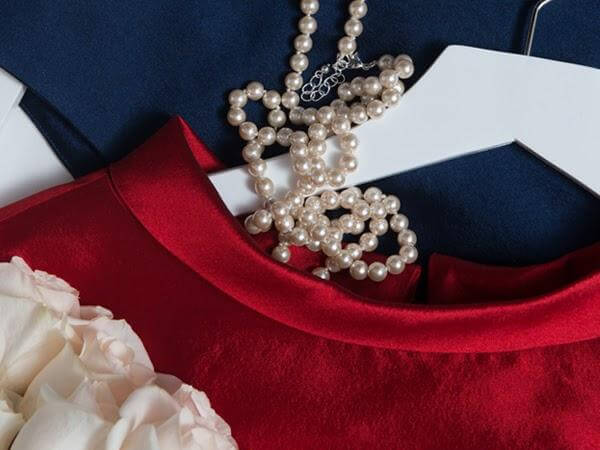Who created The American Look in fashion? Most will tell you Donna Karan, Calvin Klein, or Ralph Lauren. In reality, it was shaped by American designer Claire McCardell who created the easy, effortless, casual style we think of as American Fashion. She was revolutionary, but her contribution to fashion is overshadowed by her European contemporaries like Christian Dior and Coco Chanel. Designers produced grand fashions and lived grand lives.
"Most of my ideas seem startlingly self-evident. I wonder why I didn't think of them before.'' — Claire McCardell
She designed for women like herself, working women. She incorporated couture details into everyday fabrics. I didn't know much if anything about her until I launched Senza Tempo, but the more I learn, the more I realize I identify with her more than almost any other designer I can think of.
Senza Tempo was founded to solve a problem for working women who want quality and style, but don't want to overpay for traditional high-end designer brands.Claire McCardell's deliberate simplicity and focus on practicality in her designs enabled mass production and thereby made them accessibly-priced when women most needed it — from the Depression through World War II.
''We look at her as the founder of democratic American fashion," Valerie Steel, director of the Museum at the Fashion Institute of Technology.
Practical designers rarely make headlines or history, which is why many of her revolutionary creations are often erroneously attributed to later designers.
- She created the first "separates wardrobe" by designing dresses with interchangeable tops and skirts, the idea generally identified with Donna Karan in 1985 with her Seven Easy Pieces.
- Diane Von Furstenburg is generally lauded as the creator of the wrap dress, but Claire McCardell's 1942 Popover dress is closer to the roots of the wrap dress. She thought women should be able to do the cooking and be chic at the same time.
- Leather rationing during WWII also prompted her to launch the idea to wear ballet slippers as shoes. A trend Diana Vreeland further publicized in Bazaar.
Her designs were often considered subtly sexy, midriff-baring separates and soft flowing skirts. But they were simple, practical, functional, and most importantly — stylish. When FIT did a retrospective of her work, almost every item looked like it could be worn today. This is why her influence endures whether most recognize it or not.


